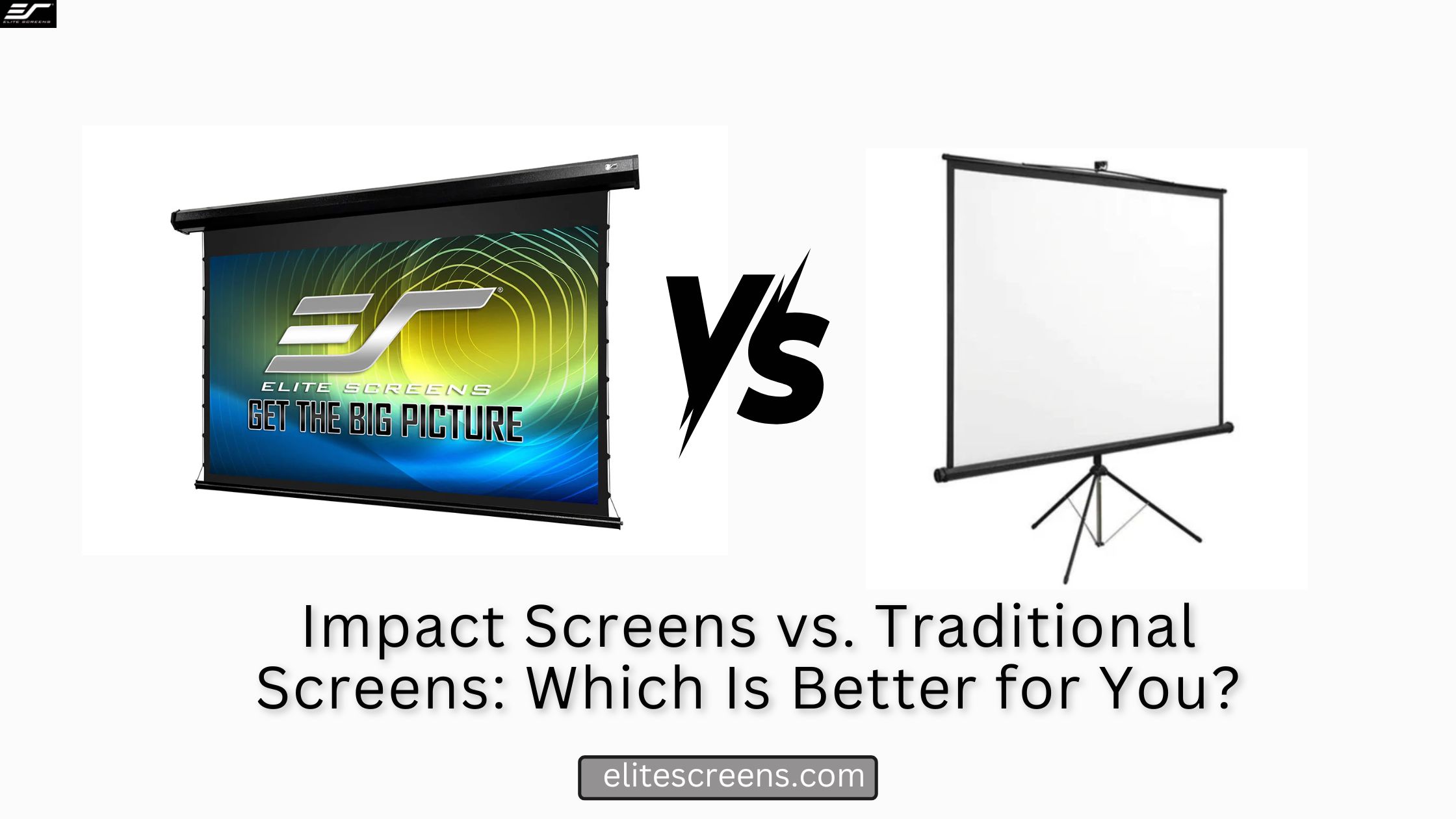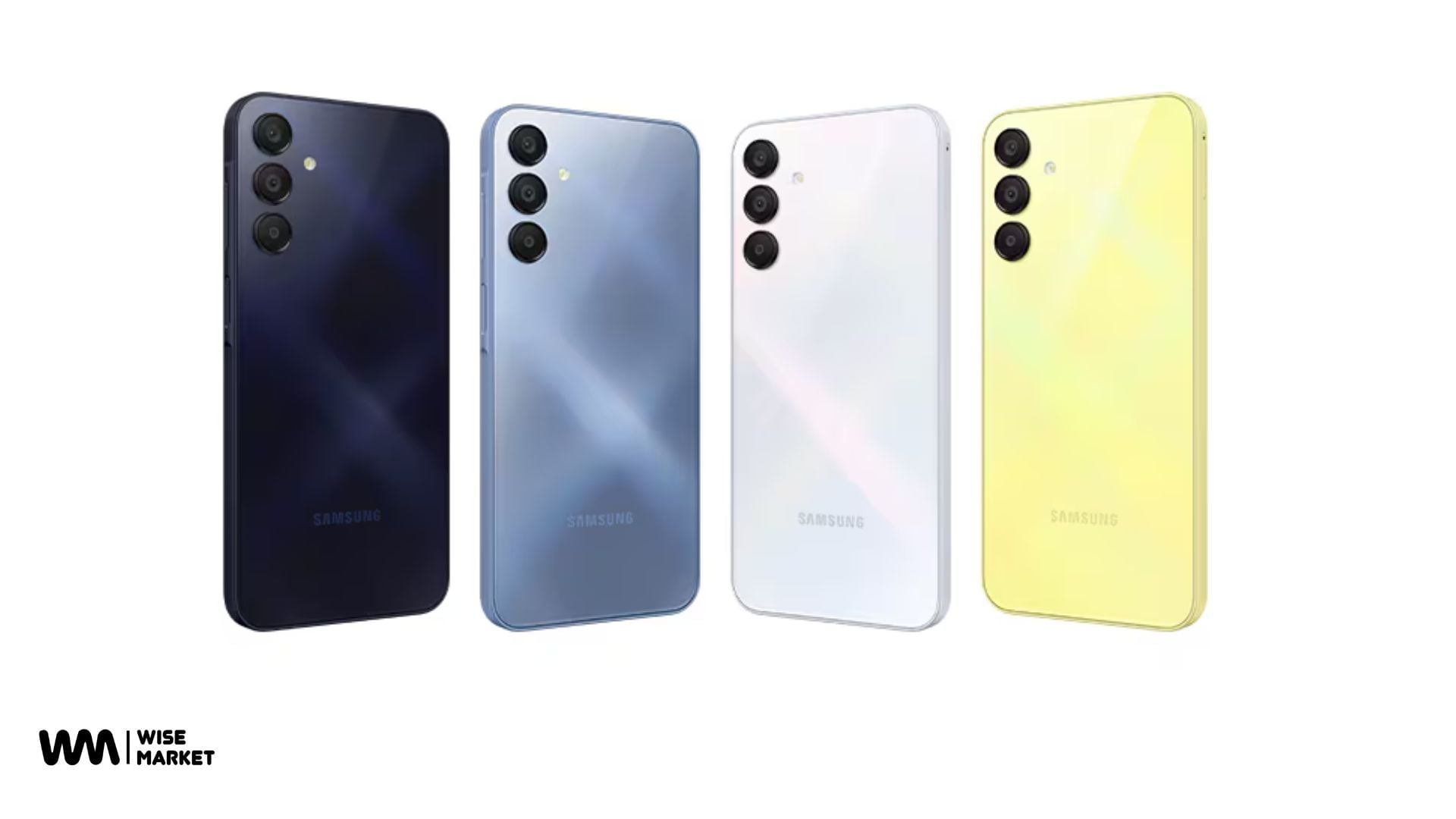When it comes to enhancing your home theater or entertainment setup, the choice of screen is crucial. Two popular options are impact screens and traditional projector screens. This article will delve into the differences between these two types of screens, helping you decide which is better for your specific needs. We’ll also explore related products like rollable projector screens, motorized projector screens, and pull-down projector screens.
Understanding Impact Screens
What Are Impact Screens?
These screens are specialized projector screens designed to withstand physical contact and damage, making them ideal for environments where durability is paramount. Impact Screens are commonly used in home theaters, sports simulators, and gaming setups, where projectiles (like golf balls or balls used in other sports) may make contact with the screen surface.
Key Features of Impact Screens
- Durability: Made from heavy-duty materials that can resist tearing and punctures.
- High-Quality Image: Engineered to provide excellent image quality, even in bright environments.
- Versatile Use: Suitable for both indoor and outdoor setups.
Understanding Traditional Screens
What Are Traditional Screens?
Traditional screens include a variety of options such as white screens, gray screens, and even specialized materials like glass beaded or perforated screens. These screens are designed for general projection purposes, primarily in home theater settings.
Key Features of Traditional Screens
- Variety of Materials: Available in different materials to suit various projection needs and environments.
- Affordable Options: Generally more budget-friendly compared to impact screens.
- Standard Performance: Provides adequate image quality, but not specifically designed for high-impact environments.
Comparison of Impact Screens and Traditional Screens
1. Durability
One of the main advantages of impact screens is their durability. They can withstand physical impacts, making them perfect for environments where accidents may happen. Traditional screens, while functional, are more prone to damage and may require replacement sooner if subjected to physical contact.
2. Image Quality
Both screen types offer good image quality, but impact screens are often designed with advanced materials that enhance brightness and contrast. If you’re looking for a screen that will deliver superior visuals, particularly in challenging lighting conditions, an impact screen might be the better choice.
3. Use Case
Impact Screens: Best for environments where projection surfaces are likely to be hit, such as in home theaters, gaming setups, or sports simulation scenarios.
Traditional Screens: Suitable for standard home theaters, classrooms, or office settings where minimal physical contact is expected.
4. Price Point
Impact screens generally come at a premium due to their specialized construction and features. While traditional screens can be more budget-friendly, it’s essential to consider the long-term costs associated with potential replacements due to damage.
5. Installation
Both types of screens offer various installation options, including wall-mounted and ceiling-mounted configurations. However, impact screens can also come in rollable and motorized projector screen options, providing flexibility in how you use your space.
Related Screen Options: Rollable, Motorized, and Pull-Down Screens
Rollable Projector Screens
Rollable projector screens are designed for convenience and space-saving. They can be easily rolled up when not in use, making them an excellent choice for multipurpose rooms. Many rollable options can be made from impact-resistant materials, providing the best of both worlds.
Projector Screen Motorized Options
Motorized projector screens offer the ultimate in convenience. With a push of a button, you can lower or raise the screen, making it easy to transform your space from a regular room to a cinematic experience. Many motorized screens come in impact-resistant materials, ensuring durability without sacrificing ease of use.
Pull Down Projector Screens
Pull-down projector screens are another flexible option for home theaters. They can be mounted to walls or ceilings and easily pulled down for use. While most pull-down screens are traditional, some manufacturers offer pull-down models specifically designed for impact resistance.
Conclusion: Which Is Better for You?
Choosing between impact screens and traditional screens ultimately depends on your unique needs and use case. If you require durability, especially in environments prone to physical contact, an impact screen is your best option. However, if you’re looking for an affordable solution for a standard home theater setup, a traditional screen may suffice.
Additional Considerations
- Room Conditions: Consider the lighting and layout of your room. Impact screens often perform better in bright conditions.
- Usage Frequency: Think about how often you’ll use the screen and in what context. Frequent use in a high-impact environment favors impact screens.
- Budget: Weigh the initial investment against the long-term costs of maintenance and replacements.
In conclusion, both impact screens and traditional screens offer unique benefits. Assessing your needs and preferences will ultimately lead you to the right choice for your projection setup. Whether you opt for an impact screen, a rollable projector screen, a motorized projector screen, or a pull-down projector screen, ensure that your selection aligns with your intended use and environment.




